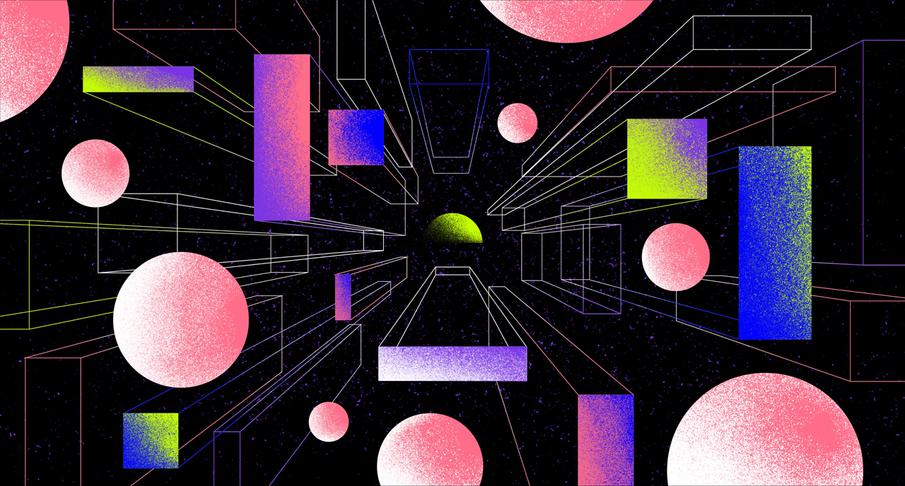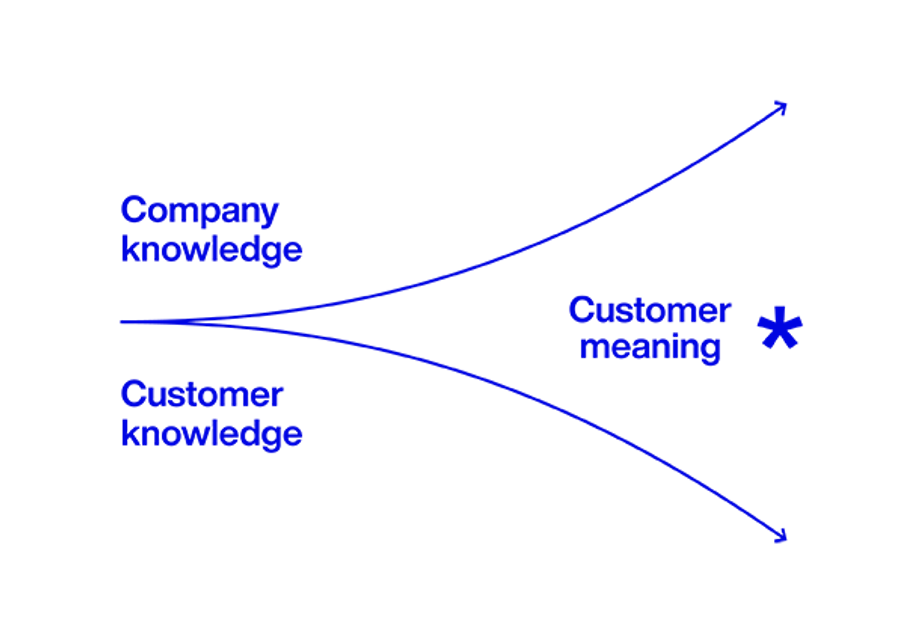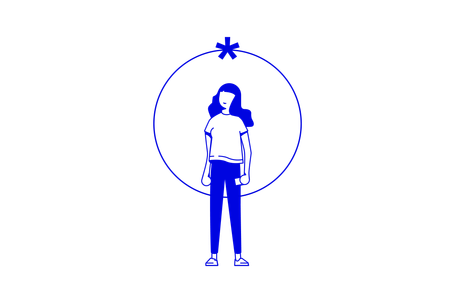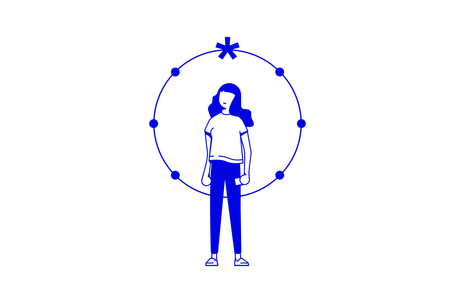
Peopledesign
The Built Environment
Furniture
Lighting
Textiles/Upholstery
Flooring/Carpet
Building Materials
AE Firms
Purpose
Design for People
Playing the long game for business and society.
See Change
As society grows, our needs change. Technology creates opportunities in all areas, shaping the landscape of commerce, health, education, government, and the arts. People are the constant. All organizations are comprised of and built to serve people. While people are the most ubiquitous part of social and business innovation, they are too often left out of the equation.

See people
People are complicated. Designing for people goes beyond basic demographics, requiring a more nuanced understanding of human wants, needs, behaviors, goals, and beliefs. It involves research, science, intuition, and hard work. Playing the long game for business and society at large means facing this challenge directly.
This is why we are Peopledesign.
Sustainable organizations remain meaningful to people inside and out. Designing for people isn’t about making people feel good—though when done right, it should. It’s about creating innovative solutions that align the needs of individuals with institutions. Finding that balance creates growing companies and healthy communities.
People and organizations drift apart. Companies often focus too much on efficiency or past precedents while the world changes. The gap between an organization’s brand promise and customer expectation often requires a new focus. Closing the gap creates innovation and growth opportunities.
People and organizations drift apart. Companies often focus too much on efficiency or past precedents while the world changes. The gap between an organization’s brand promise and customer expectation often requires a new focus. Closing the gap creates innovation and growth opportunities.
Meaningful brands persist. People-centered design helps organizations stay relevant. Organizations that serve people better outlive the rest. In the knowledge economy, companies that know their customers best will win in the long run.

Finding Balance
Optimization requires organizations to increase their internal knowledge.
Meanwhile, over time, changing trends, technologies, and markets affect customer needs and expectations.
Balancing company and customer trajectories creates growth opportunities.
New Priorities
Leaders decide which problems to solve. Closing a customer knowledge gap often requires new insights to focus the organization on how it will be meaningful to the people it aims to serve. Leaders must strategically align internal teams to support customer experiences and realize a new promise.
Meaningful value propositions start with what people value. Beyond specific products or services, it’s important to understand the perceptions and motives behind customer choices. What are people really trying to do? How is your organization helping them achieve their goals? Understanding your customers and what is meaningful to them is essential for creating value.
Value is delivered through Customer Experience. Trust and loyalty are earned through interactions with an organization over time. Designing experiences is an elusive but ever-more-important task. From macro trends to nuanced interactions, experiences convey meaning. Customers don’t know or care about your departments, technologies, or products. They want a seamless experience.
Your brand is the sum total of these experiences. Customers will vote by how they spend their time and money on brands that solve the equation best for them. Creating meaningful brand experiences is too often nobody’s job, but it should be among the chief priorities for leaders today.

In the knowledge economy, people today have more access, choices, comparisons, and alternatives than ever before. Information is power. Exposure to new trends, technologies, and experiences changes buyer expectations. Customers no longer benchmark only your competitors; they want a search like Google, a store like Apple, and an order status like Amazon. You won’t meet all these demands, but your customers will pick the path that is easiest, most compelling, and meaningful among your competitors.
The battle for significance exists in your customer’s head, not at your headquarters.
Process
We leverage human-centered design methods to deepen brand meaning and build engaging audience experiences. Our adaptable and time-tested process is informed by years of client experience. Our approach balances user needs, business objectives, team dynamics, media types, and more.

Find Focus
We help you establish, clarify, and communicate your strategic direction.
We help you establish, clarify, and communicate your strategic direction.

Create Alignment
We help connect your strategy to customer experience programs that will drive change.
We help connect your strategy to customer experience programs that will drive change.

Inspire Action
We design and produce new vehicles for communicating and enhancing the customer experience.
We design and produce new vehicles for communicating and enhancing the customer experience.
Our work overlaps three key levers for creating customer meaning: Business Strategy, Brand Experience, and Integrated Marketing.
If value propositions start with what people value, then it’s important to define the sources of value more precisely, definitively, and clearly. Insights based on customer behavior create new opportunities. We map opportunities for differentiation and growth and help organizations create relevant and meaningful products and services.

Results
We believe good design balances people and institutions, making more effective and healthier communities. We do this work with our eyes on the horizon, aiming to help build a more humane society. These are hard problems, but failure is not an option when playing the long game. There is no single answer, but we can help.
Peopledesign is built to help companies address these issues. We work with organizations to create meaningful experiences for people, guiding changes inside and out. Because things that don’t work for people don’t work at all.